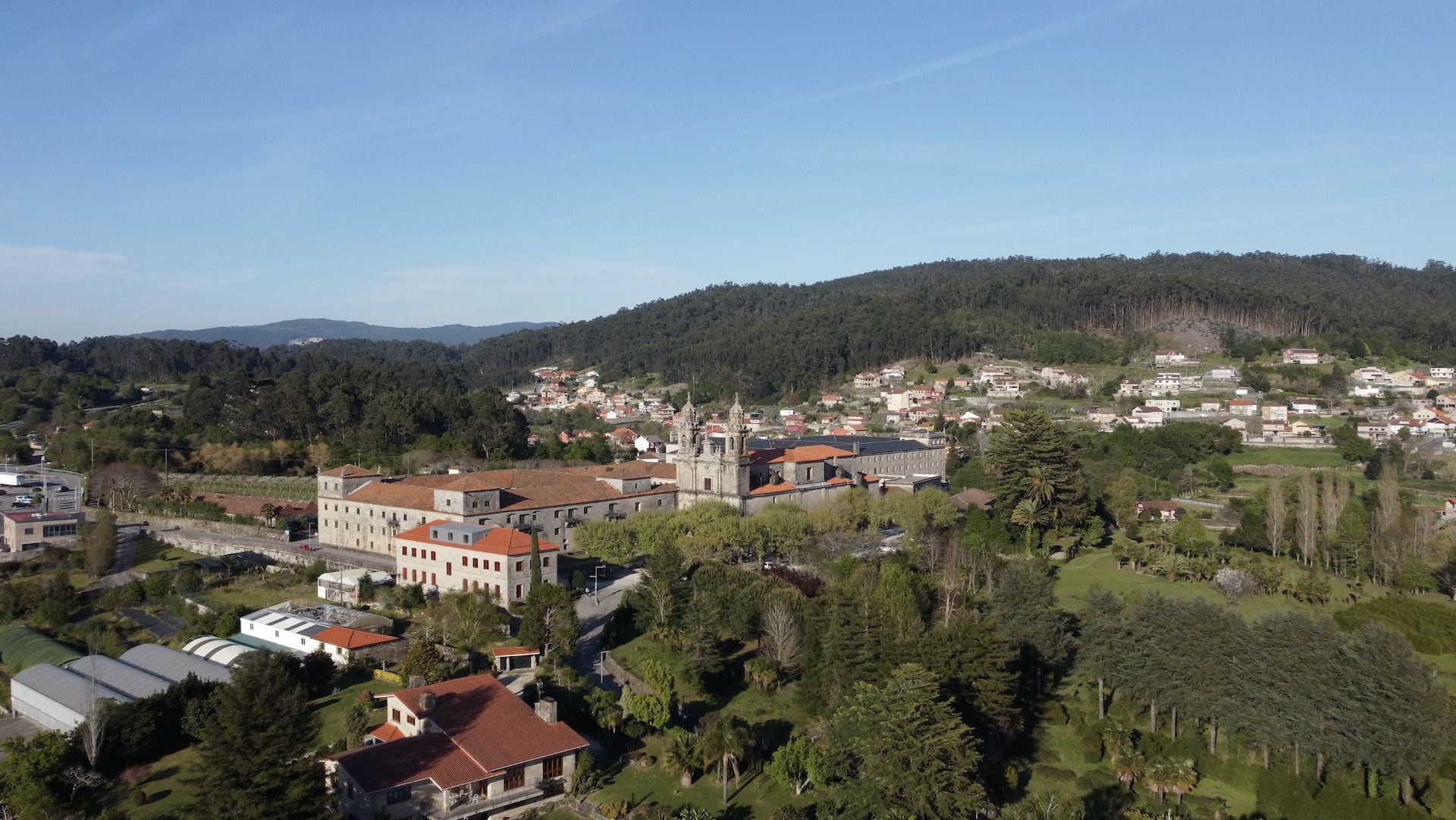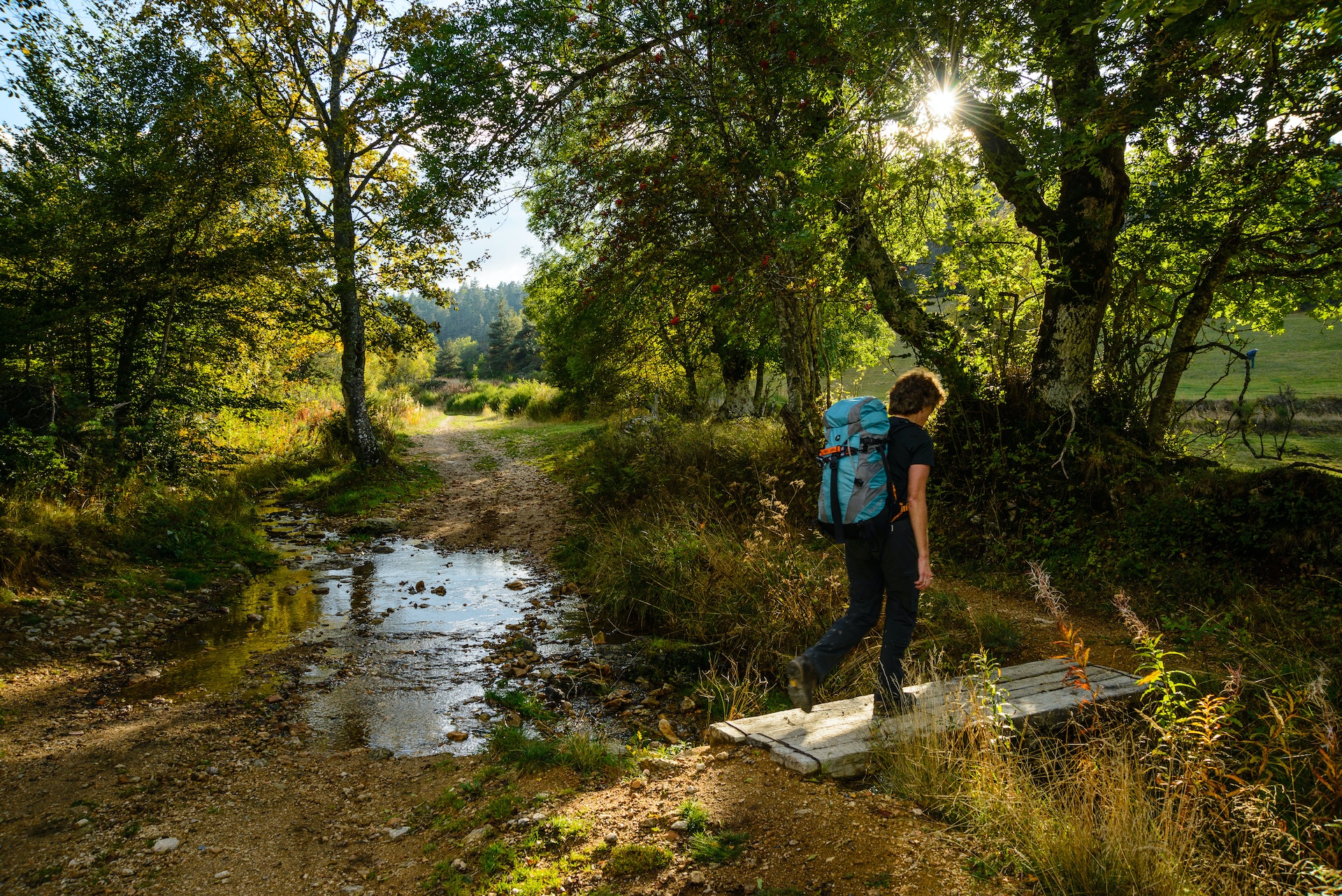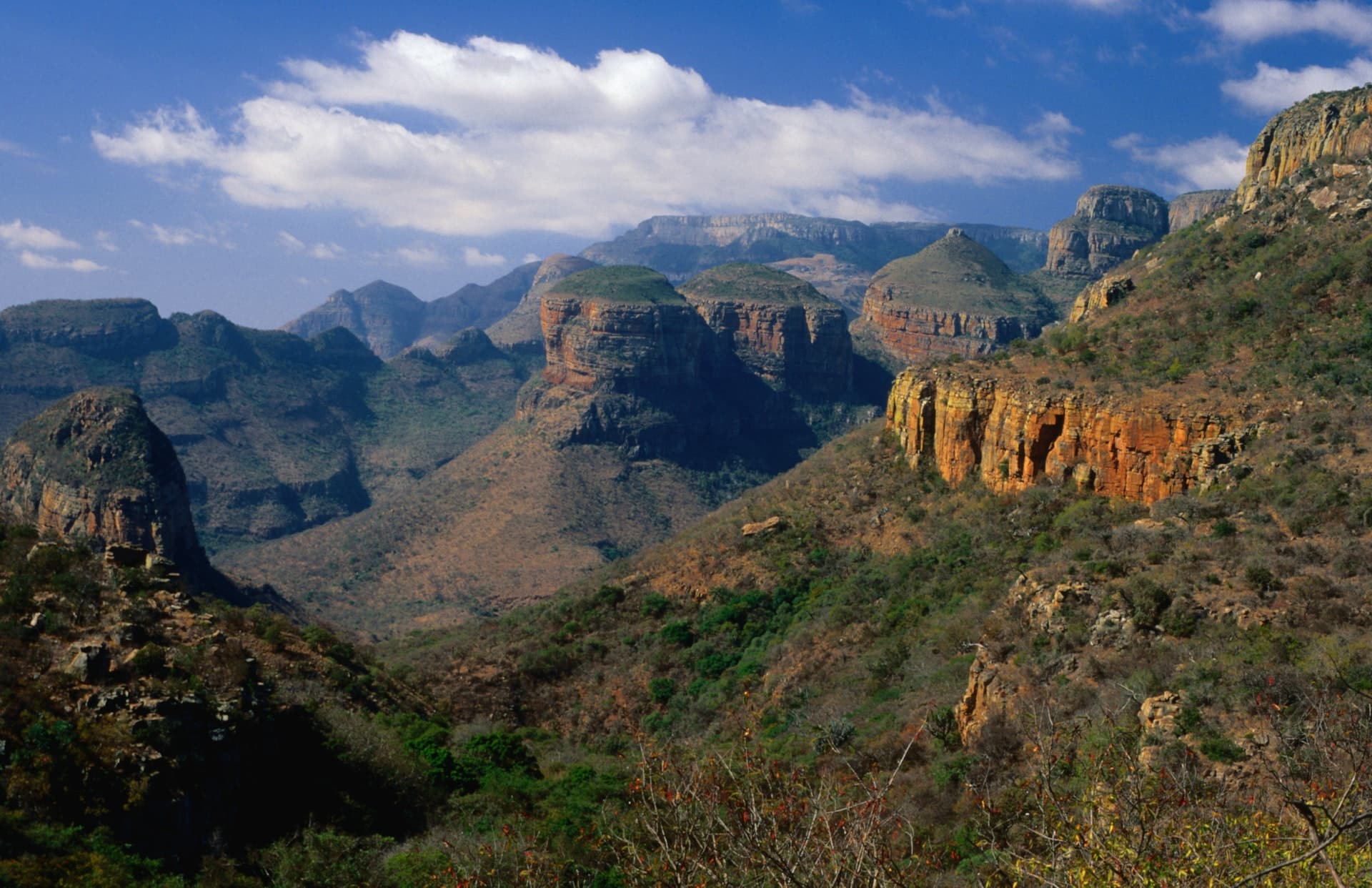Straddling the states of Tamil Nadu and Kerala, this mountain vary delivers scenic tea plantations, memorable practice journeys, superb wildlife and extra.
India’s lush, forest-cloaked Western Ghats are an untamed pure world. Operating parallel to the shoreline for 995 miles (1600km) all the way in which from Gujarat to deep-south Tamil Nadu, these hills additionally residence to waves of emerald-green tea plantations and a crop of energetic hill stations.
Scout new methods to discover the planet’s wildest locations with our weekly e-newsletter delivered to your inbox.
Within the Nineteenth century, British colonizers sought refuge from the sweltering lowland warmth in these cool, mist-shrouded mountains of native shola (virgin forest), establishing South India’s string of eccentric villages or what are recognized regionally as hill stations. Right this moment, it’s principally Indian vacationers who flock to the Western Ghats searching for cool air, pure magnificence and inexperienced serenity.
On common, these mountains attain 3000ft (915m); within the southern state of Tamil Nadu, they tower over 8200ft (2500m) excessive – particularly within the Nilgiri Hills and the Palani Hills, residence to South India’s most well-known hill stations. Simply west throughout the border in Kerala, a few of the world’s highest-altitude tea plantations sprawl round Munnar.
Past all this, the Western Ghats’ many hauntingly lovely nationwide parks and tiger reserves present a house for elephants, langur monkeys, chital deer, gaur (Indian bison), massive cats and different creatures. Most of those pure areas are a part of the Unesco-designated Nilgiri Biosphere Reserve – a extremely biodiverse 2130-sq-mile (5520-sq-km) space that crosses northwest Tamil Nadu into Kerala and Karnataka.
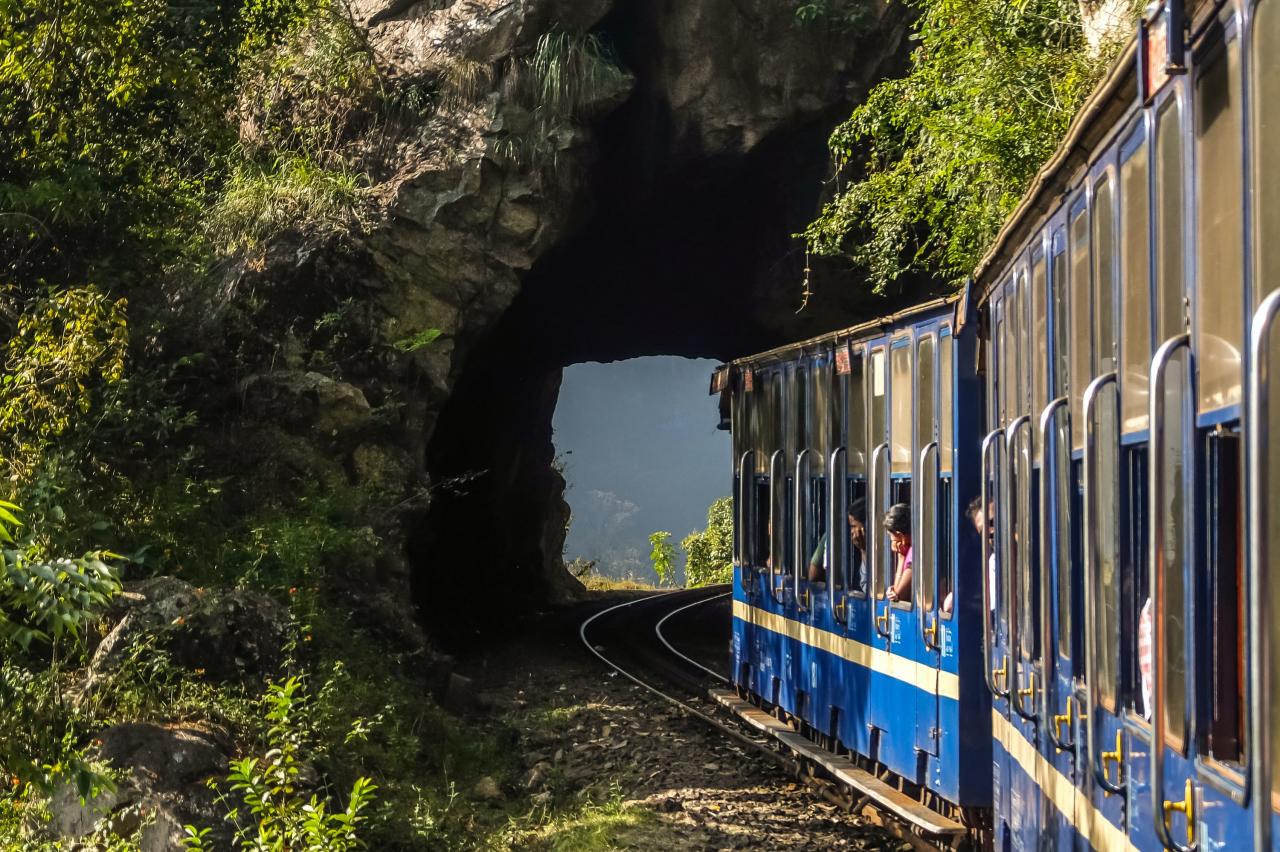 On its approach as much as Tamil Nadu’s hill stations, the Nilgiri Mountain Railway snakes via tunnels, throughout bridges and previous attractive tea fields © Denis.Vostrikov / Shutterstock
On its approach as much as Tamil Nadu’s hill stations, the Nilgiri Mountain Railway snakes via tunnels, throughout bridges and previous attractive tea fields © Denis.Vostrikov / Shutterstock
Hop on the Nilgiri Mountain Railway to Tamil Nadu’s hill stations
Certainly one of South India’s best thrills for practice lovers is catching the celebrated narrow-gauge Nilgiri Mountain Railway to the hill stations of Ooty (Udhagamandalam; elev 7350ft / 2240m) and Coonoor (5640ft / 1720m). Awarded World Heritage standing by Unesco, the blue-and-cream-colored “toy” practice trundles between Mettupalayam (close to Coimbatore) in northwest Tamil Nadu and Ooty (by way of Coonoor). Alongside the way in which, it traverses tunnels and zippers throughout bridges, passing ever-more-spectacular forest and tea-plantation views. You would possibly even spy a wild elephant pushing via the undergrowth.
Like its Himalayan siblings, Ooty was based within the early Nineteenth century, when Madras (now Chennai) was the capital of British India’s Madras Presidency. Usually known as the “Queen of Hill Stations,” that is at present Tamil Nadu’s hottest hill station, and in addition the springboard for exploring the wildlife-rich Mudumalai Tiger Reserve close by.
Ooty’s Hindu temples, energetic bazaar and pedal-boat-sprinkled lake give approach to flower-wreathed lanes the place colonial-era buildings just like the red-hued 1867 Nilgiri Library nonetheless stand. Others have been reimagined as beautiful heritage resorts; strive 1855 bungalow Lymond Home or the early Nineteenth-century Savoy. But Ooty’s eating places have a firmly South Indian taste, and also you’ll feast on tasty idlis, vadas, dosas and pure-veg thalis aplenty right here.
Encircled by emerald-green tea plantations, bustling Coonoor sits 12.5 miles (20km) southeast of Ooty. Higher Coonoor makes a extra peaceable different Nilgiri base to Ooty, with quick access to very good viewpoints, the 50-year-old Highfield Tea Property, and heritage lodging such because the 1900s bungalow 180° McIver. In the meantime, quiet Kotagiri (5905ft / 1800m), 19 miles (30km) east of Ooty, is the Nilgiris’ authentic hill station; its earthy-red Sullivan Memorial dates from 1819 and was as soon as the home of Ooty’s British founder John Sullivan.
Earlier than the Nineteenth century, the Nilgiris’ sole inhabitants had been varied tribal communities, together with the Toda, who reside within the Ooty space and are recognized for his or her distinctive black-and-red embroidered shawls. The Tribal Analysis Centre Museum, 6.25 miles (10km) southwest of Ooty, delves into the lives and traditions of those now-threatened communities.
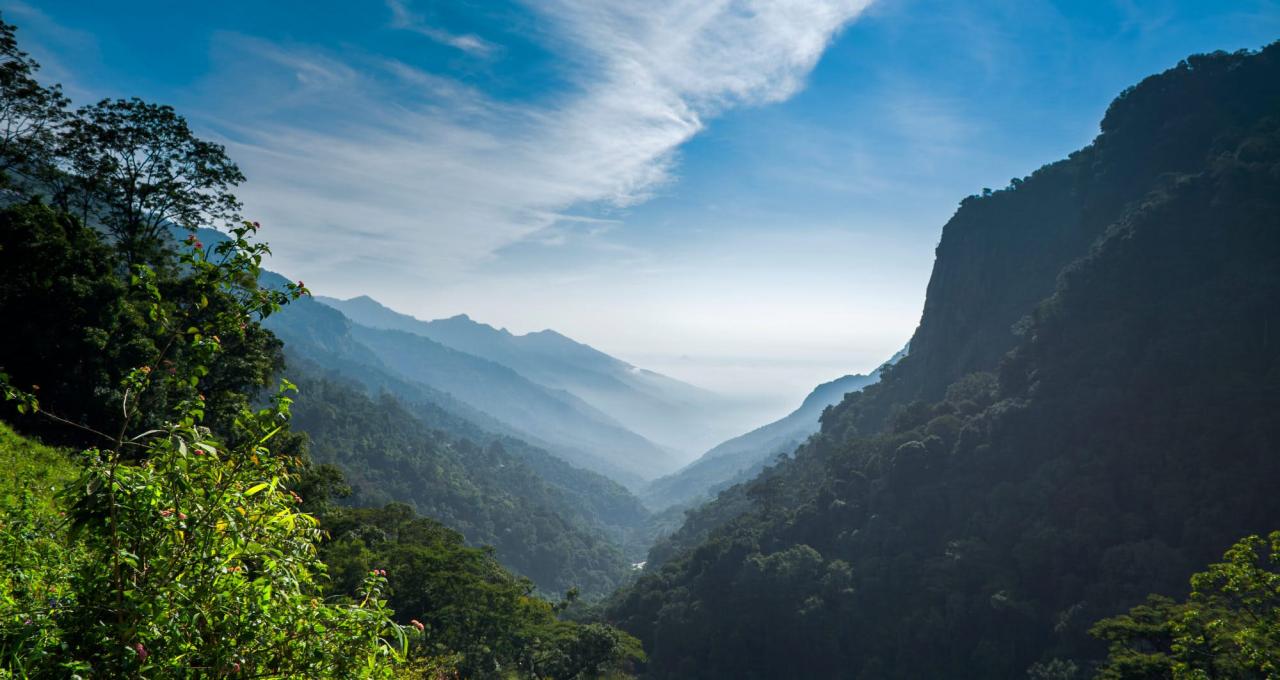 Epic views abound of the mist-cloaked mountains of the Western Ghats © Naufal MQ / Getty Photographs
Epic views abound of the mist-cloaked mountains of the Western Ghats © Naufal MQ / Getty Photographs
Discover Kodaikanal, the princess of the Palani Hills
Ringed by the protected Palani Hills 155 miles (250km) southeast of Ooty, Tamil Nadu’s 6890ft(2100m)-high “Princess of Hill Stations” is Kodaikanal (Kodai), based in 1845 by American missionaries escaping malaria within the Madurai lowlands. Usually veiled in mist, it has its personal distinct character because of its worldwide college, organic-fired delicacies and recognition with Indian weekenders.
Rowboats bob on the star-shaped lake, and the hazy surrounding hillsides are carpeted with shola forest and – discovered solely within the Western Ghats – kurinji shrubs, which blossom in lavender-blue simply as soon as each 12 years (subsequent anticipated in 2030). Walks thread via forests to horizon-reaching viewpoints, shimmering lakes, and the budget-traveler haven of Vattakanal village (3 miles southwest of Kodai), which has the sociable vibe of a miniature South Indian Manali.
Kodai’s lodging scene contains eco-friendly Cinnabar homestay and the five-star lake-view Carlton (a colonial-era mansion). Or ebook one of many sustainability-focused, design-led villas supplied by LuxUnlock, a switched-on native operator with tempting personal stays throughout the Western Ghats. To flee all of it, retreat to eco-focused Elephant Valley within the Palani Hills beneath, the place elephants wander the 120-acre grounds.
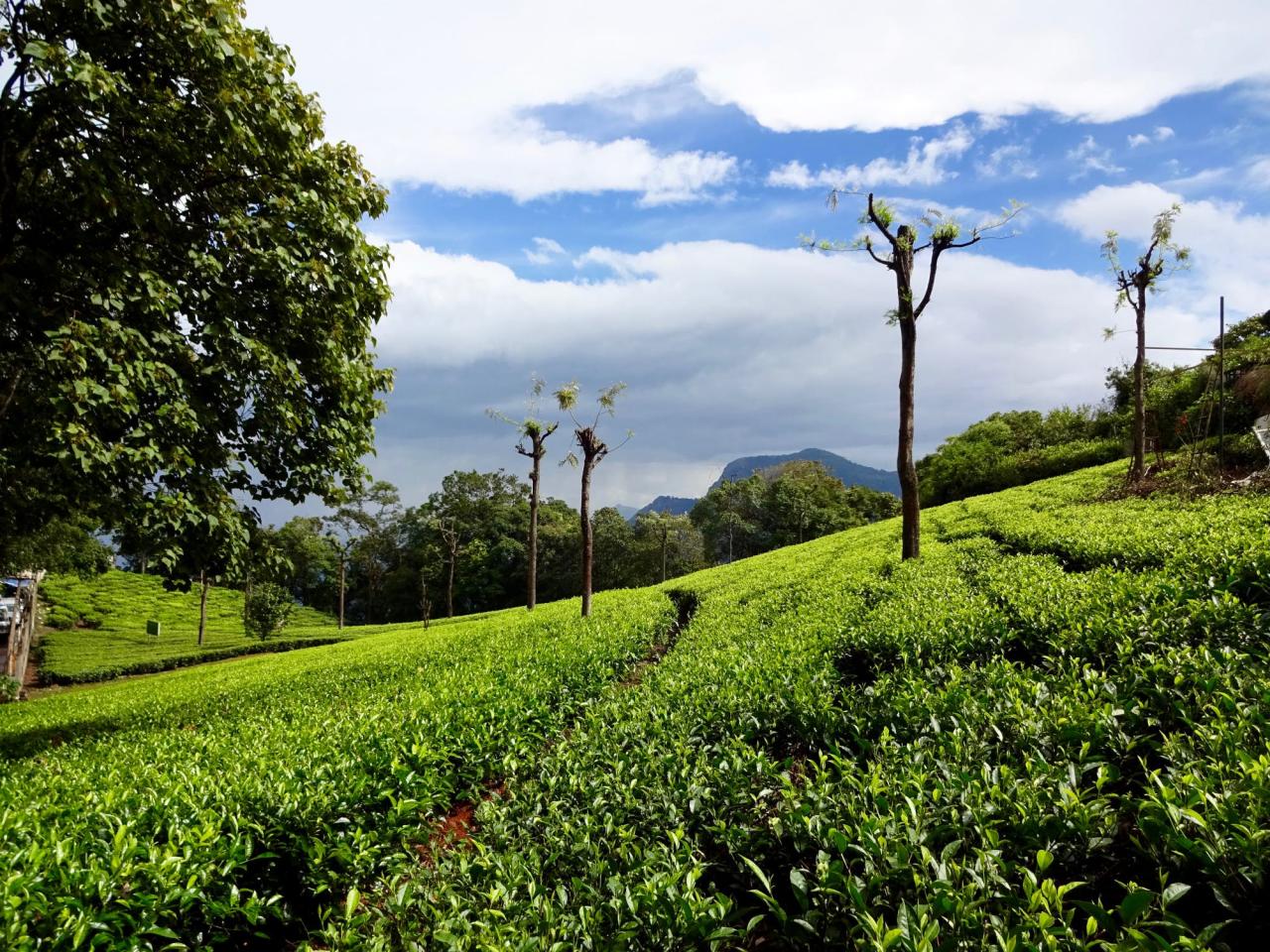 Be part of a scenic guided trek via plantations in the primary tea rising space of South India © Isabella Noble / Lonely Planet
Be part of a scenic guided trek via plantations in the primary tea rising space of South India © Isabella Noble / Lonely Planet
Dive into tea plantations, spice crops and cooking lessons in Munnar, Kerala
Simply over the border from Tamil Nadu in serene Kerala, Munnar (5000ft / 1524m) is the bustling hub of South India’s main tea-growing space. Very like Ooty, Munnar’s industrial, traffic-choked heart fades quick as you enterprise out into its mellow, enticingly inexperienced valleys and hills, the place cottages disguise amid the glinting leaves of manicured tea and cardamom plantations. You possibly can be a part of guided treks to high-altitude mountain outlooks and tea estates, or study the secrets and techniques of Keralan delicacies at a cooking class with revered meals author Nimi Sunilkumar.
Munnar additionally has a thriving homestay scene, with native households welcoming guests. Beautiful Rose Gardens shines for its cooking programs, spice gardens and coconut-pancake breakfasts, all set in a 1920 heritage bungalow run on photo voltaic and biomass energy.
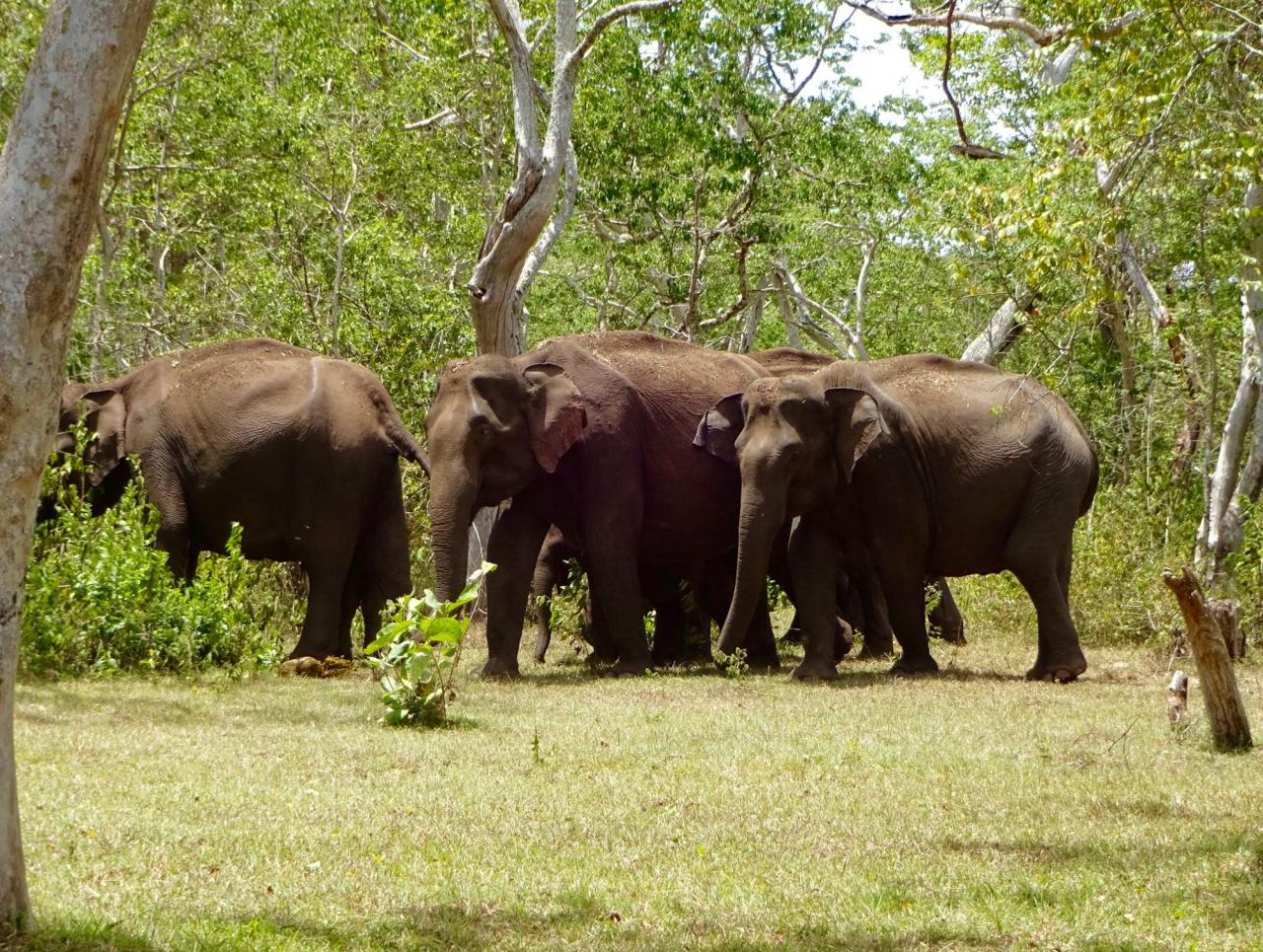 Strive your luck recognizing South India’s wild elephants within the nationwide parks of the Western Ghats © Isabella Noble / Lonely Planet
Strive your luck recognizing South India’s wild elephants within the nationwide parks of the Western Ghats © Isabella Noble / Lonely Planet
Spot uncommon wildlife within the Western Ghats’ nationwide parks and tiger reserves
An enormous a part of Western Ghats’ attract lies in its many nationwide parks and tiger reserves, which create an enormous, contiguous protected space crisscrossing between Kerala, Karnataka and Tamil Nadu. In accordance with India’s 2022 tiger census, over 800 tigers prowl these wilds. You’ll be fortunate to identify one, however preserve your eyes peeled, as there’s all the time an opportunity.
The secluded, un-touristed reaches of northern Kerala’s 133-sq-mile (345-sq-km) Wayanad Wildlife Sanctuary are arguably your greatest wager for encountering South India’s wild elephants; some 150 tigers additionally roam right here. In southern Kerala, round 40 tigers and 900 elephants, plus sambar deer, wild boar and langurs, patrol the dense evergreen forests of Periyar Tiger Reserve, certainly one of India’s most in depth (357 sq miles / 925 sq km) and beloved parks. With over 100 elusive tigers, luscious Mudumalai Tiger Reserve in Tamil Nadu has certainly one of India’s highest tiger-population densities; extra recurrently noticed are its elephants, jackals, langurs, gaurs, deer and peacocks.
West of Mysuru (Mysore), Karnataka’s Nagarhole Nationwide Park is residence to one of many world’s best concentrations of untamed Asian elephants, joined by tigers, leopards, dholes (wild canines), chital, gaurs and langurs. Many of those signature species additionally flit via Bandipur Nationwide Park simply to the southeast, which encompasses 340 sq miles (880 sq km) at Karnataka’s junction with Kerala and Tamil Nadu.
Entry to those rigorously guarded reserves is by way of official 4WD or minibus tour solely; some parks may additionally provide guided treks, however since rules change typically it’s greatest to verify on the bottom. You’ll dine and sleep at hands-on wildlife lodges, comparable to Nagarhole’s lakeside Waterwoods Lodge, Mudumalai’s long-established Jungle Hut and Bandipur’s trendy Dhole’s Den, or at welcoming homestays comparable to Inexperienced View in Periyar and Varnam Homestay in Wayanad.
For a completely off-the-beaten-track Western Ghats wildlife expertise, search out Parambikulam Tiger Reserve in Kerala, or Tamil Nadu’s Anamalai Tiger Reserve, the place Sinna Dorai’s Bungalow provides tea-plantation luxurious.
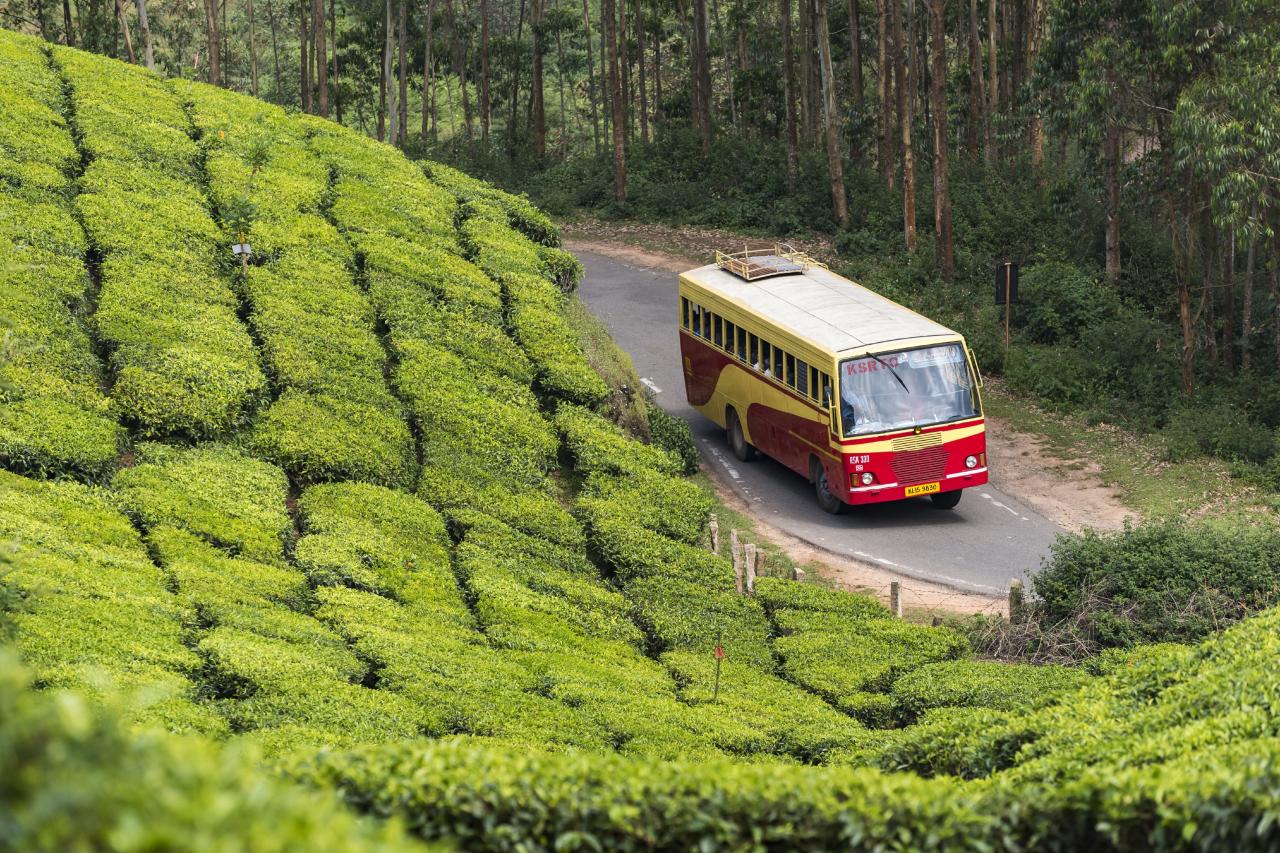 You possibly can rely on bus routes to get you thru the windy roads of the Western Ghats © Schooling Photographs / Common Photographs Group by way of Getty Photographs
You possibly can rely on bus routes to get you thru the windy roads of the Western Ghats © Schooling Photographs / Common Photographs Group by way of Getty Photographs
go to the Western Ghats
Many vacationers mix a visit to the Western Ghats with different components of South India. The Nilgiri Mountain Railway is useful for reaching Ooty and Coonoor from inside Tamil Nadu, and heading onward to Kotagiri and Mudumalai Tiger Reserve. Aside from that, all entry is by street, which implies a bus or a automobile; reserving a driver with their very own automobile is a well-liked selection. Given the prolonged journey instances, staying no less than a few days in every hill station or nationwide park is a good thought, notably should you’re hoping to identify wildlife.
Munnar and Periyar Tiger Reserve are simply mixed with a visit to Kerala’s southern coast and cultural capital Kochi (Cochin). Each Kochi and Kerala’s capital Thiruvananthapuram (Trivandrum) have worldwide airports; buses take 5 to 6 hours from Kochi and round eight from Thiruvananthapuram to each Munnar and Periyar, and there are additionally five-hour buses between Munnar and Periyar. Wayanad is somewhat trickier to achieve; the closest airports are at Kannur and Kozhikode (Calicut) in northern Kerala; buses run from each cities to the Wayanad space in round three hours, or you may take a direct six-hour bus from Kochi.
For Kodaikanal, there are many buses from inside Tamil Nadu (together with to/from the favored temple city of Madurai in round 4 hours), in addition to Bengaluru (Bangalore) in Karnataka (round 12 hours). You can too catch a practice from Chennai to Kodai Highway, adopted by a three-hour bus. Karnataka’s nationwide parks have good bus hyperlinks to Mysuru, Bengaluru and Ooty.


